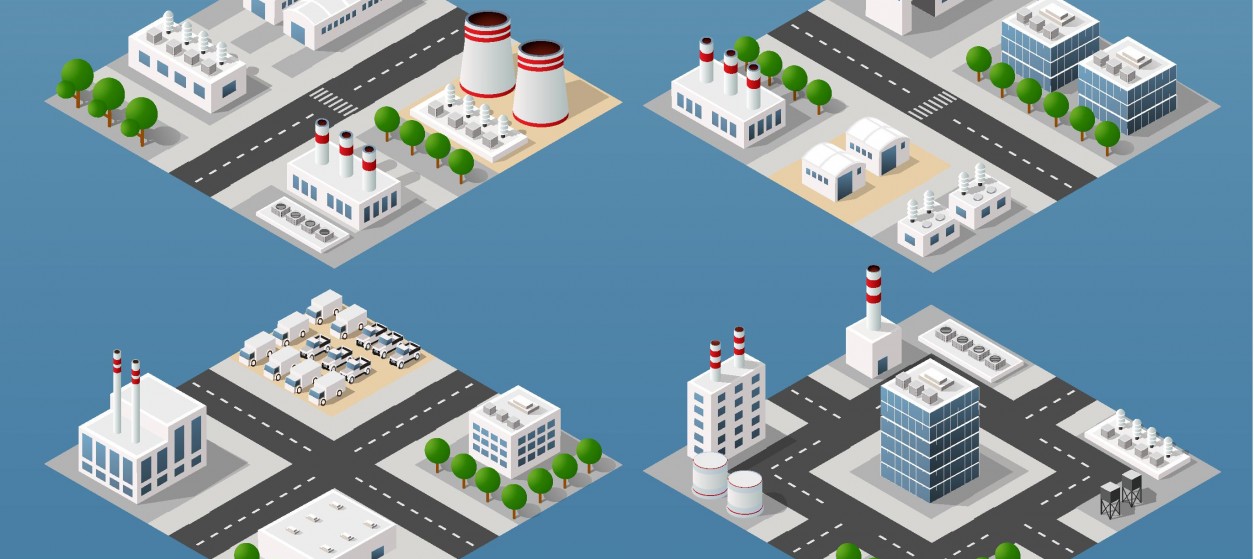Modern Enterprises are heavily investing in their sales and marketing operations, which are key to successful business results. For example, surveys among CMO (Chief Marketing Officers) have concluded that several companies spend more than 10% of their budget on marketing. Customer Relationship Management (CRM) systems and processes are essential to managing sales and marketing transactions in an integrated way which maximizes profitability. CRM systems are very popular among digital organizations, as enterprises understand the business benefits of a CRM deployment. Let’s explore some of the main drivers that lead companies to adopt and deploy a CRM.
Signs that you need a CRM Solution
In most cases CRMs are deployed in response to symptoms of poor performance in sales and marketing operations. Here are five common signs that an organization should consider a CRM deployment:
- Your customer data are fragmented in different systems: Many organizations have problems locating and processing customer information, as customer data reside in many different systems and data sources (e.g., spreadsheets, databases, files and various information systems). CRM systems alleviate this fragmentation, through consolidating customer data from many different sources in a single system.
- You cannot keep track of sales operations: In order to measure and assess the effectiveness of your sales processes, you need to have visibility on them. In practice, this implies your ability to track sales personnel activities and their performance. In cases where there is no easy way to obtain information about sales operations, CRM could come as a remedy.
- You miss leads and opportunities: Even though you have chances to contact potential customers, you miss them due to poor organization, such as inability to direct the proper message to the right customer at a given time. Likewise, you may have problems identifying the proper customers for a given marketing campaign. In such cases, CRM deployment should be considered.
- You have high churn rates: Churn rates refer to the annual percentage rate of customers abandoning the subscription to your service. High churn rates mean reduced revenues and loss of customers. It also signals inability to manage your relationships with your customers in an effective way: Consider CRM to your rescue.
- You cannot access sales and marketing data while on the move: In the era of mobile networks and devices, there are still enterprises that do not offer their salesforce with ubiquitous access to customer records in order to help them achieve their targets. CRM systems can facilitate such access in order to boost salesforce productivity.
Even though the list of signs is not exhaustive, it is representative of some of the most common CRM modules and functionalities.
Taxonomy of CRM Systems and Operations
A main characteristic of CRM systems is their ability to collect, consolidate and unify data about existing and prospective customers from many different sources. Over the consolidated data, different functionalities can be implemented and different CRM processes can be supported. A high-level taxonomy of CRM functionalities follows:
- Analytical CRM, which refers to processes driven by analytics over integrated customer data. These may include identification of the most profitable customers, segmentation of the customer databases for specific marketing campaigns, support of processes such as pricing of new products and more.
- Operational CRM, which refers to the use of customer data for supporting operational transactions and processes, such as serving specific customers, as well as helpdesk and after sales support functionalities.
- Partner CRM, which supports the relationships of a company with its business partners, rather than with customers, including analysis of all interactions with them.
- Mobile CRM, which enables ubiquitous access to customer information and related sales and marketing activities, based on the use of mainstream mobile devices such as smartphones and tabletPCs.
- Social CRM, which integrates social media channels (e.g., customer comments and complaints via Facebook or Twitter) to the CRM process. The scope of social CRM includes receiving and processing customer feedback, while at the same time using social media as a channel for conveying marketing messages and for attracting new customers.
- Loyalty CRM, which emphasizes support for loyalty management processes that reward frequent and loyal customers based on their past purchases. Loyalty management processes are ideal for increasing stickiness to a brand, while at the same time minimizing churn.
Enterprise scale CRM suites provide all of the above functionalities bundled within a single product. However, there are also smaller scale and open source solutions, which support only part of the above-listed functionalities depending on your needs.
CRM Adoption Roadmap
The process ?f planning and deploying a CRM system, entails not only technological, but also management and organization aspects as well. A typical adoption roadmap involves the following steps:
- Develop a CRM Strategy: You first need to decide what you would like to accomplish with your CRM deployment and how it aligns to your overall business strategy. This will help you decide on key processes and functionalities, but also on the scope and scale of the deployment.
- Select a technology partner and solution: The technology part of the your CRM deployment represents a key success factor. It’s therefore important you select a technology partner with a proven track record, which will guide you to a successful and cost effective deployment.
- Consolidate data from multiple sources: No matter the technology you will select, CRM is about integrating and consolidating data from multiple sources of customer data. Identifying these sources and developing a strategy for the unification and integration of these data is in most cases the most crucial step to a CRM deployment.
- Implement Analytics and Services: Once the integrated data are in place, you should be ready to implement your CRM processes such as service and helpdesk activities, marketing campaigns, product pricing, loyalty management and more.
Five Best Practices
In implementing this roadmap, here are our five suggested best practices for safeguarding your success:
- Blend your CRM in the business strategy: Much as it is a technology implementation, CRM is a business discipline as well. Hence, you can not be successful unless you blend the CRM system implementation in your business strategy. Consider the sales and marketing targets that you would like to achieve in the coming years and understand how the CRM implementation can help you achieve these goals.
- Plan and apply proper marketing strategies: Actively involve your marketing department in the CRM implementation. At the end of the day, no CRM system can help unless you properly implement effective sales and marketing strategies such as for example the popular RFM. RFM uses information about the recency, frequency and monetary value of customers purchases in order to design effective marketing campaigns.
- Measure and benchmark: Make sure that you measure and benchmark the efficiency of your CRM processes in order to track improvement and overall success. There is a host of tangible metrics to evaluate CRM performance such as the cost per lead, the cost per sale, churn rates and the average lifetime value for a customer. Use these metrics to assess whether your CRM implementation helps you improve.
- Think big, start small: CRM is not a single project, but rather a long-term strategy. You can start with few projects and processes and gradually expand to more activities. CRM gives you a foundation for sales and marketing using consolidated customer data. Once your customer database is in place, new processes can be flexibly added, while existing ones can be updated.
- Integrate with other systems: Your CRM can provide information for many customer-driven processes in your organization, such as personalized retail transactions or customer-driven supply chain management processes. In this respect, consider integrating your CRM with other systems (e.g., ERM, Supply Chain Management, e-shops) towards getting maximum business value.
Are you experiencing symptoms of poor management of your relationships and interactions with customers? You should consider riding the CRM wave, along with our tips for starting your project on the right foot.










